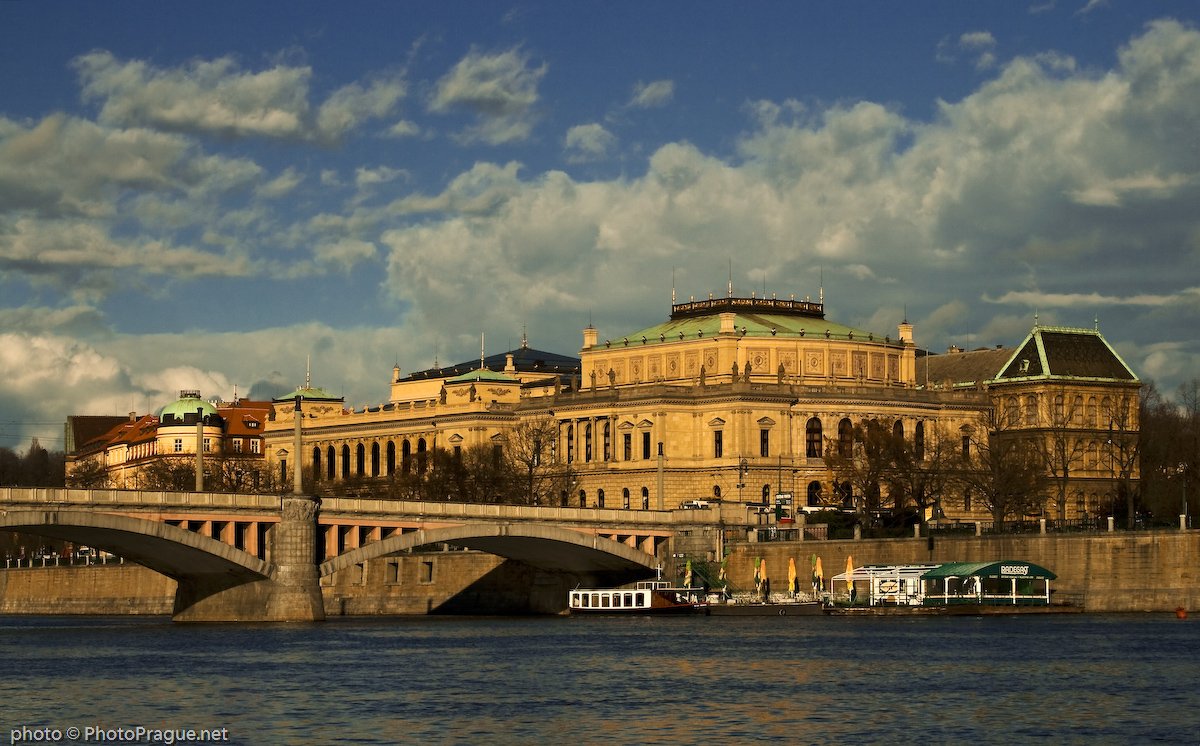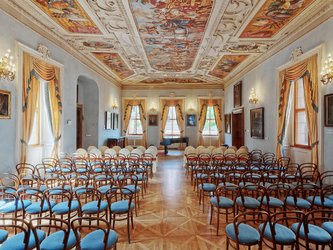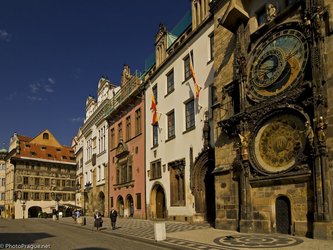Rudolfinum
Jiří Weil’s novel, Mendelssohn Is on the Roof, is partly set in the Rudolfinum: it takes place during the period of German occupation and symbolically deals with anti-semitism. In it, he posits that the Acting Reich Protector Reinhard Heydrich gives an order to remove the statue of Felix Mendelssohn-Bartholdy from the roof of the Rudolfinum, because the composer’s Jewish origins defile the sanctuary of German art. Two Czech workers, supervised by an SS member, set off to remove the “offensive statue”, but instead they almost destroy a sculpture of the Nazi darling, Richard Wagner, mistaking it for the statue of Mendelssohn due to Wagner’s prominent nose. Aided by a learned Jew, they realise their error, thus saving their own fate. In reality, you would be hard-pressed to find Wagner’s statue on the roof of the Rudolfinum – it never stood there.
Marek, Avantgarde Prague








